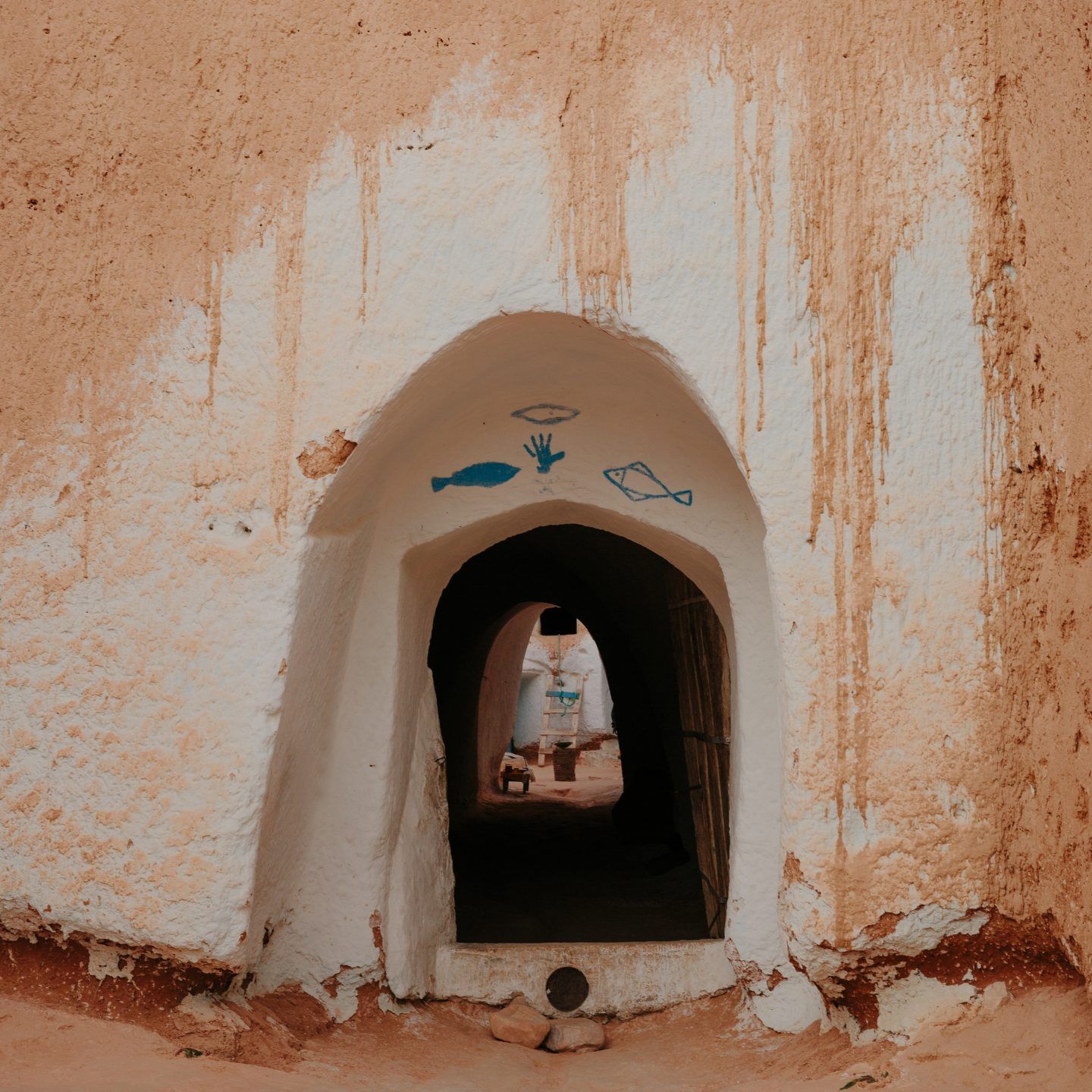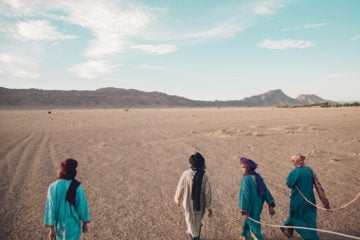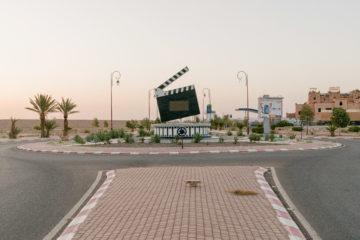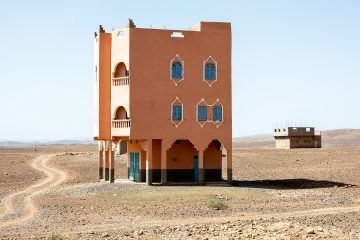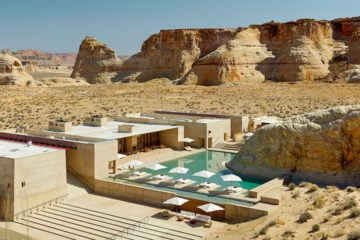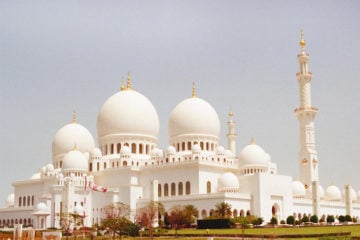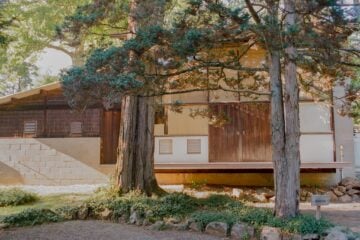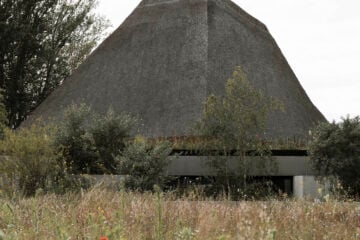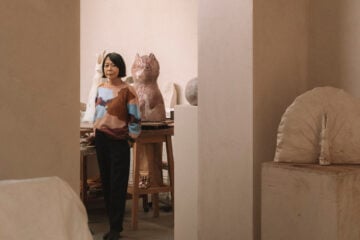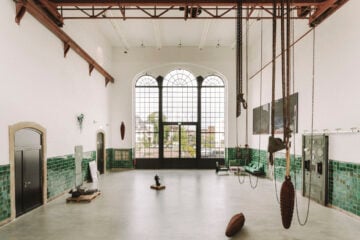- Project
- Matmata Troglodytes
- Images
- Marina Denisova
- Words
- Devid Gualandris
Dug into the ground and in perfect unity with the Dahar highlands of Southern Tunisia, the Matmata troglodytes homes are an otherworldly architecture and travel experience as well as a testament to the country’s ancient past. During our escapade to Tunisia with Discover Tunisia, we visited the centuries-old networks of underground chambers and passageways to learn more about their cultural significance, captivating history, and uncertain future.
On the edge of the Sahara desert at an altitude of 600 meters, the Matmata is a cratered landscape punctuated by palm trees and olive groves, just 35 kilometers south of Tunis, the country’s capital. People have lived here for centuries and still do to this day, in underground structures hidden in the valleys of the mountain range Djebel Dahar. Invisible from a distance, the dwellings are popularly known as ‘troglodytes’ and are striking architectural remnants of the land’s ancient Berber past.
The troglodytes are striking architectural remnants of the land's ancient Berber past.

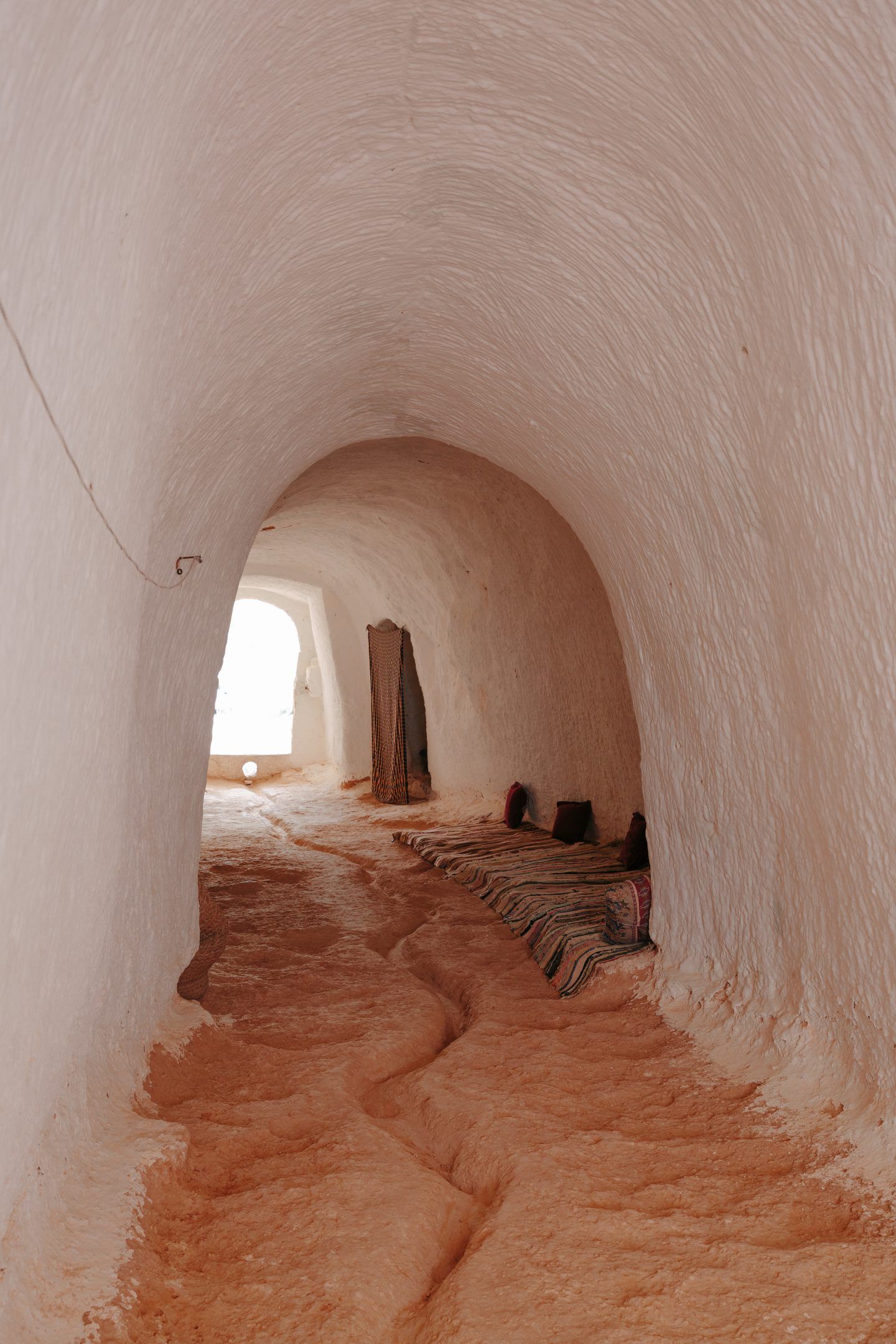
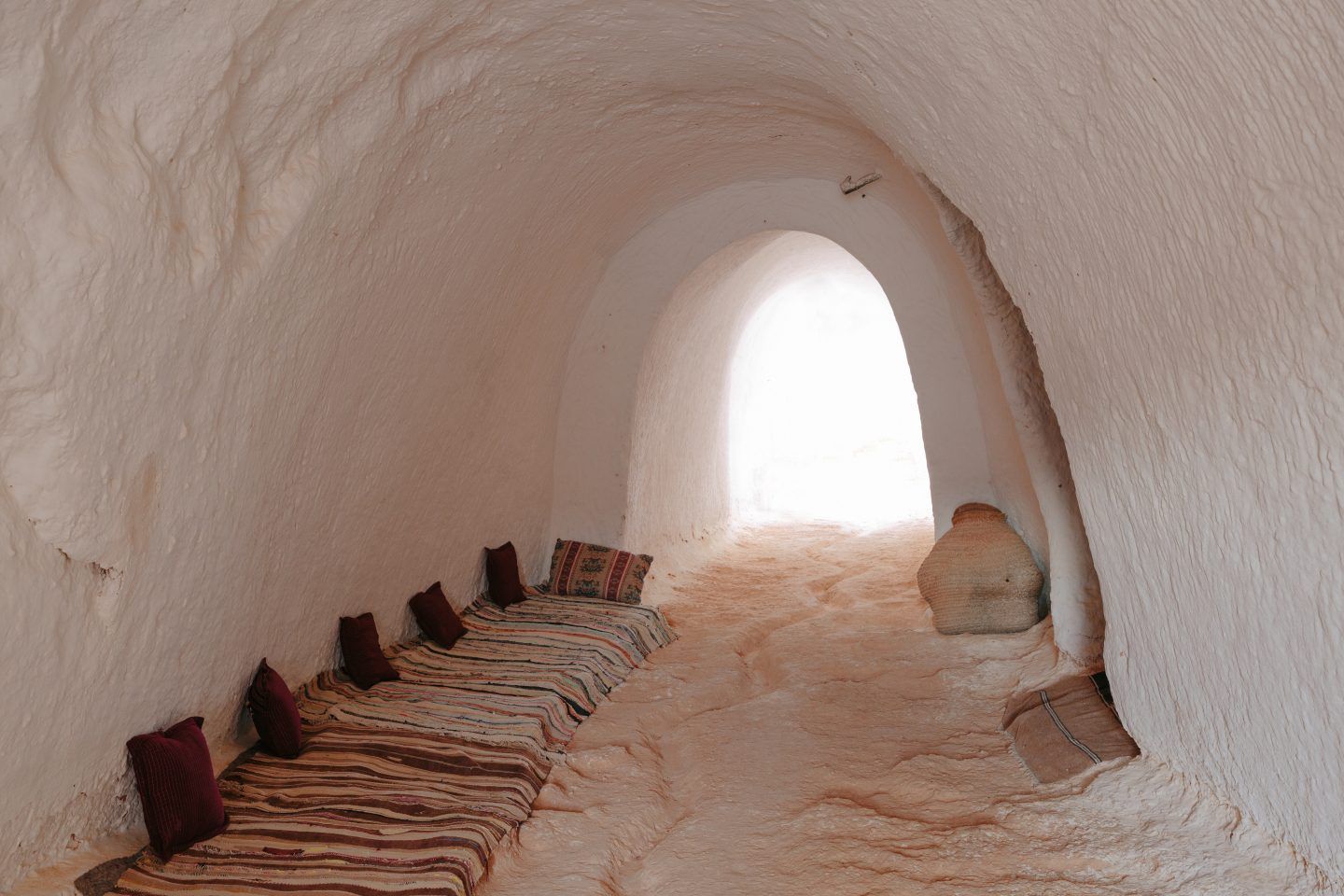
Named after one of the tribes that inhabited it, the village of Matmata features a plethora of sites still occupied by Amazigh people—‘Amazigh’ is another word for Berber, the indigenous inhabitants of North Africa; a minority group making up 2.5 percent of Tunisia’s current population. “Berber mountain villages are foundations that go far back in history, as evidenced by the Amazigh origins of many towns of the great
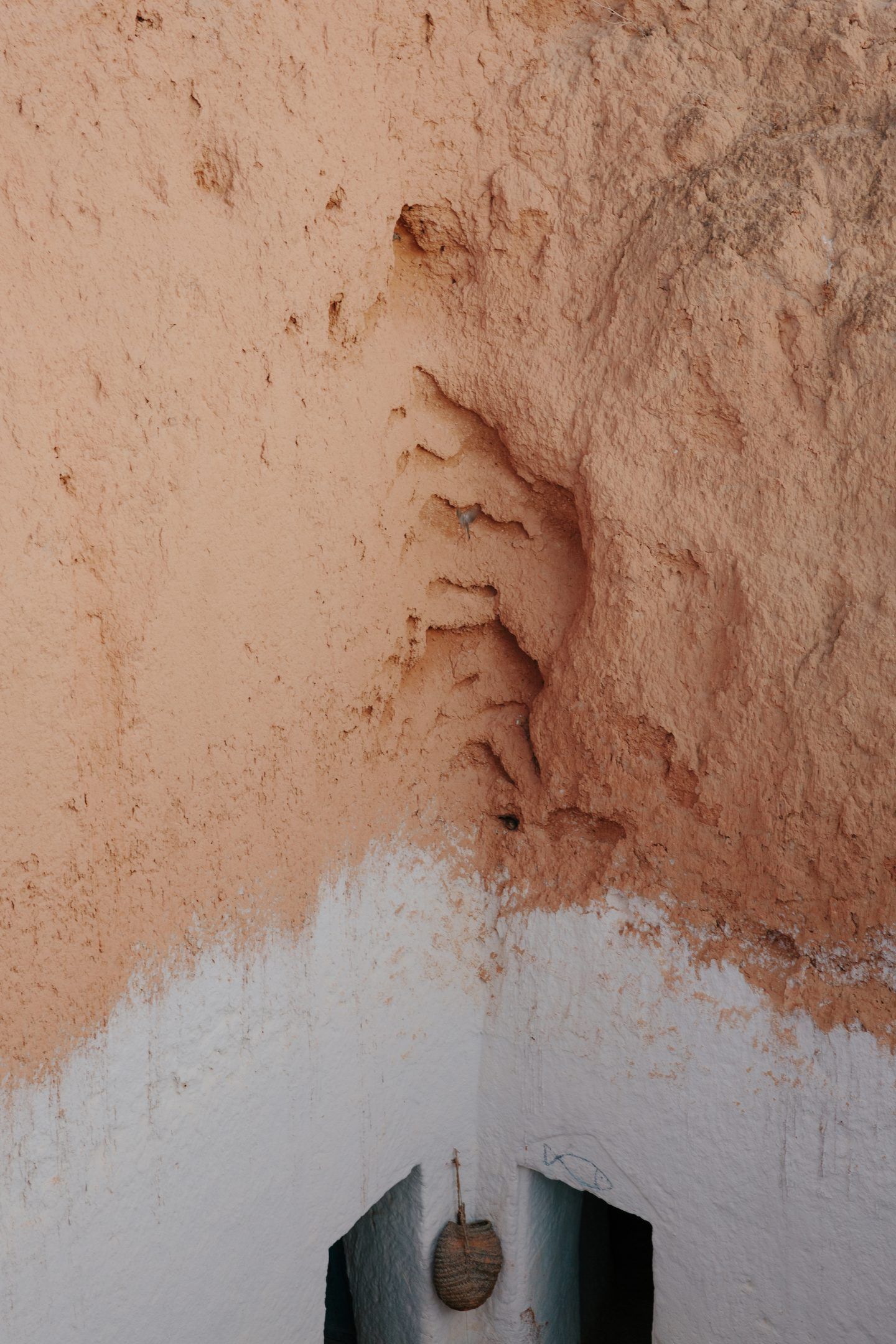
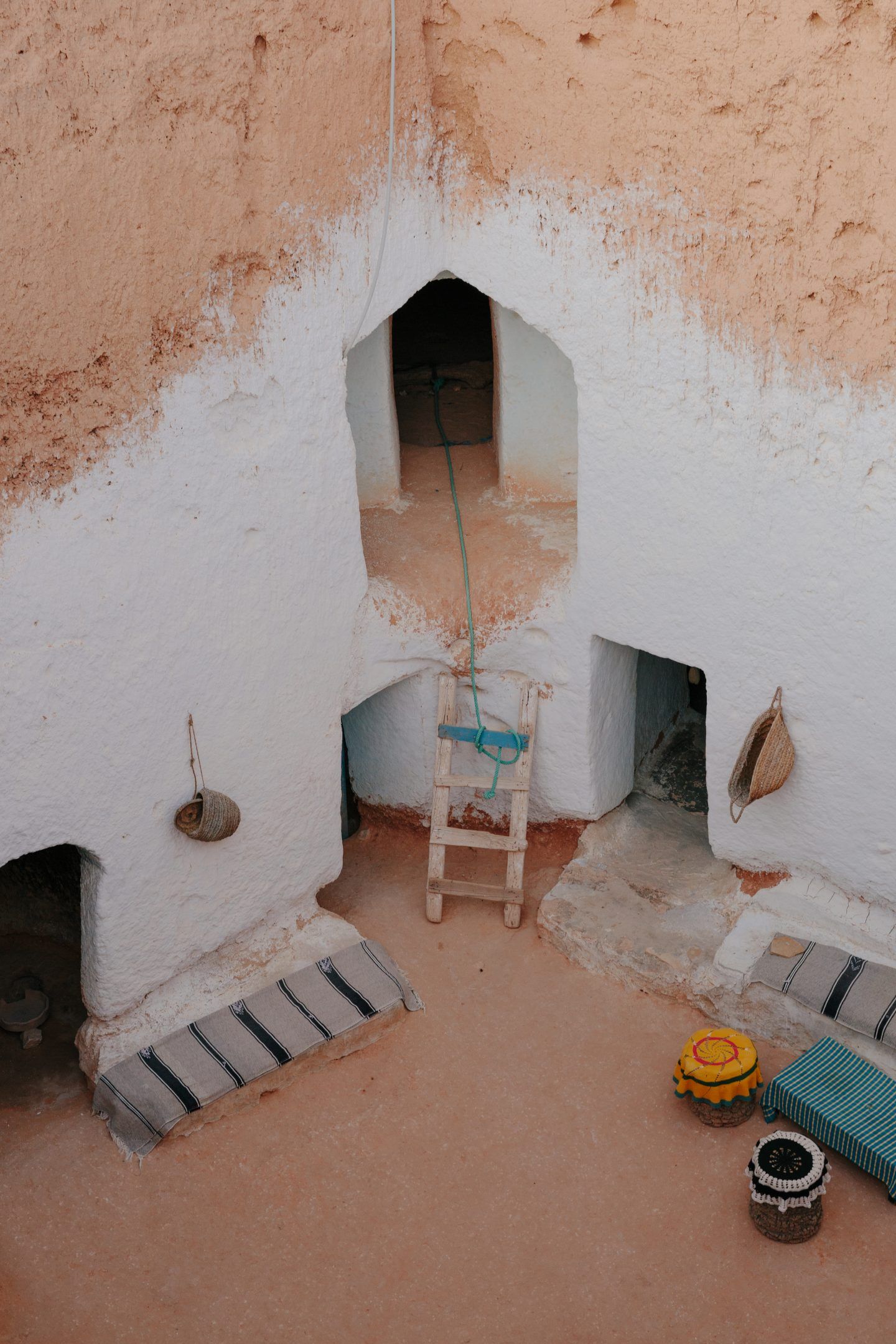
“With no stone or timber in the area, and relatively no water year-round, survival in the arid Matmata valley was hard,” he says. To escape the heat, the Berbers excavated pits and discovered layers of hard and soft earth about 2 meters apart which made digging by hand possible. “They dug pits through layers, and could easily excavate laterally into the slope to create cave-like dwellings. The clay is soft but becomes very hard in contact with the air; solid enough to provide homes for centuries,” explains Belhedi. “The process takes between six to eight months,” he adds.
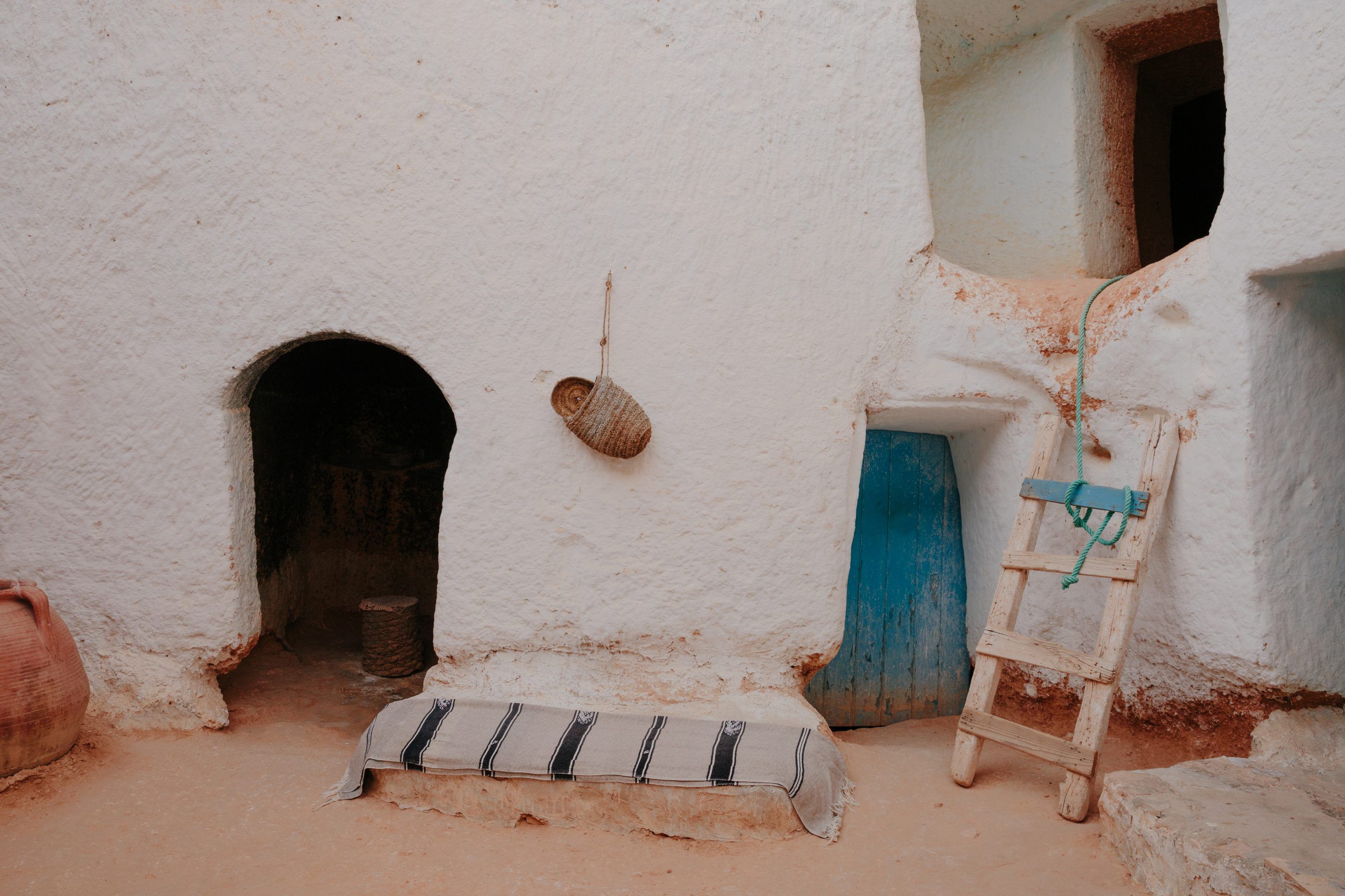
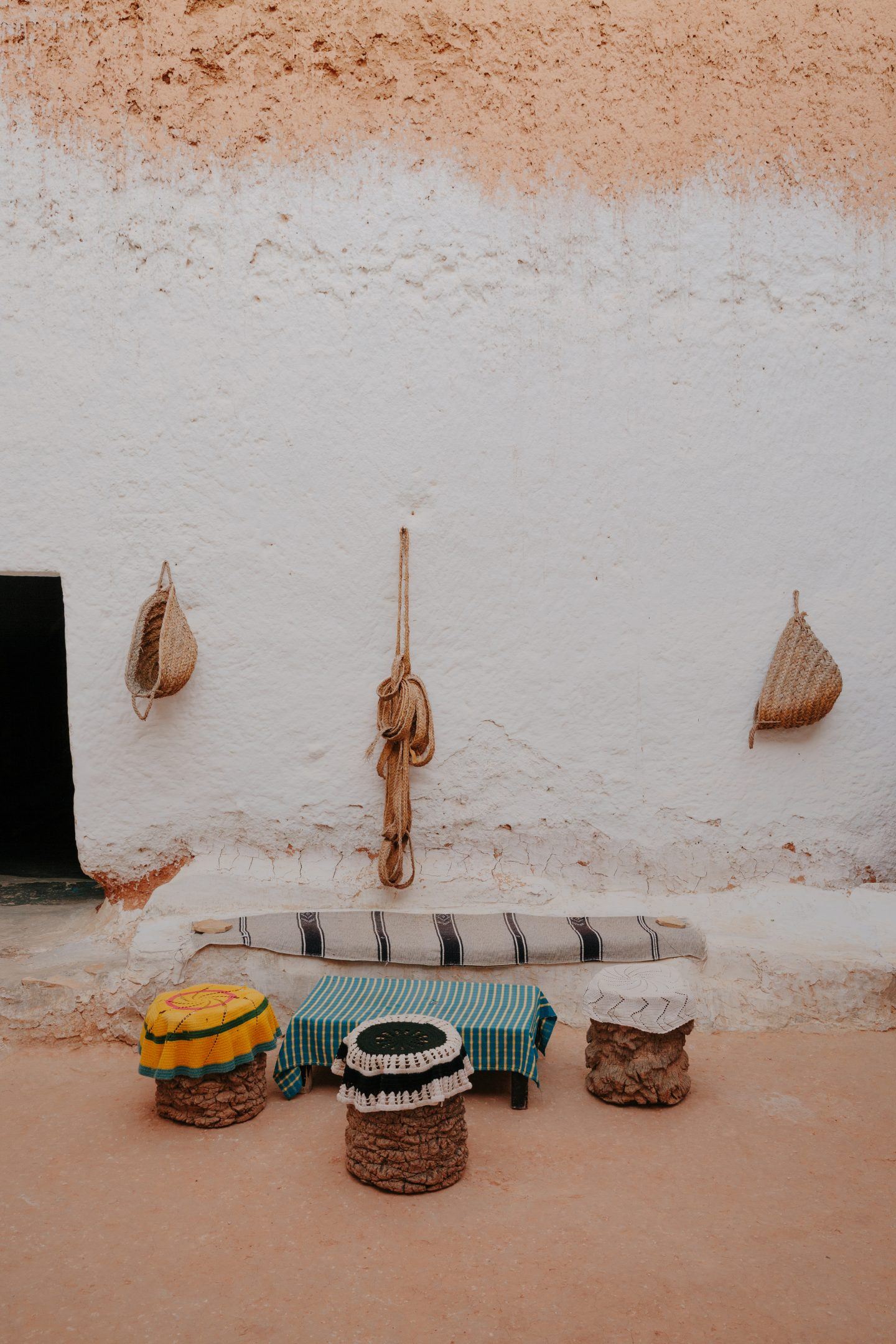
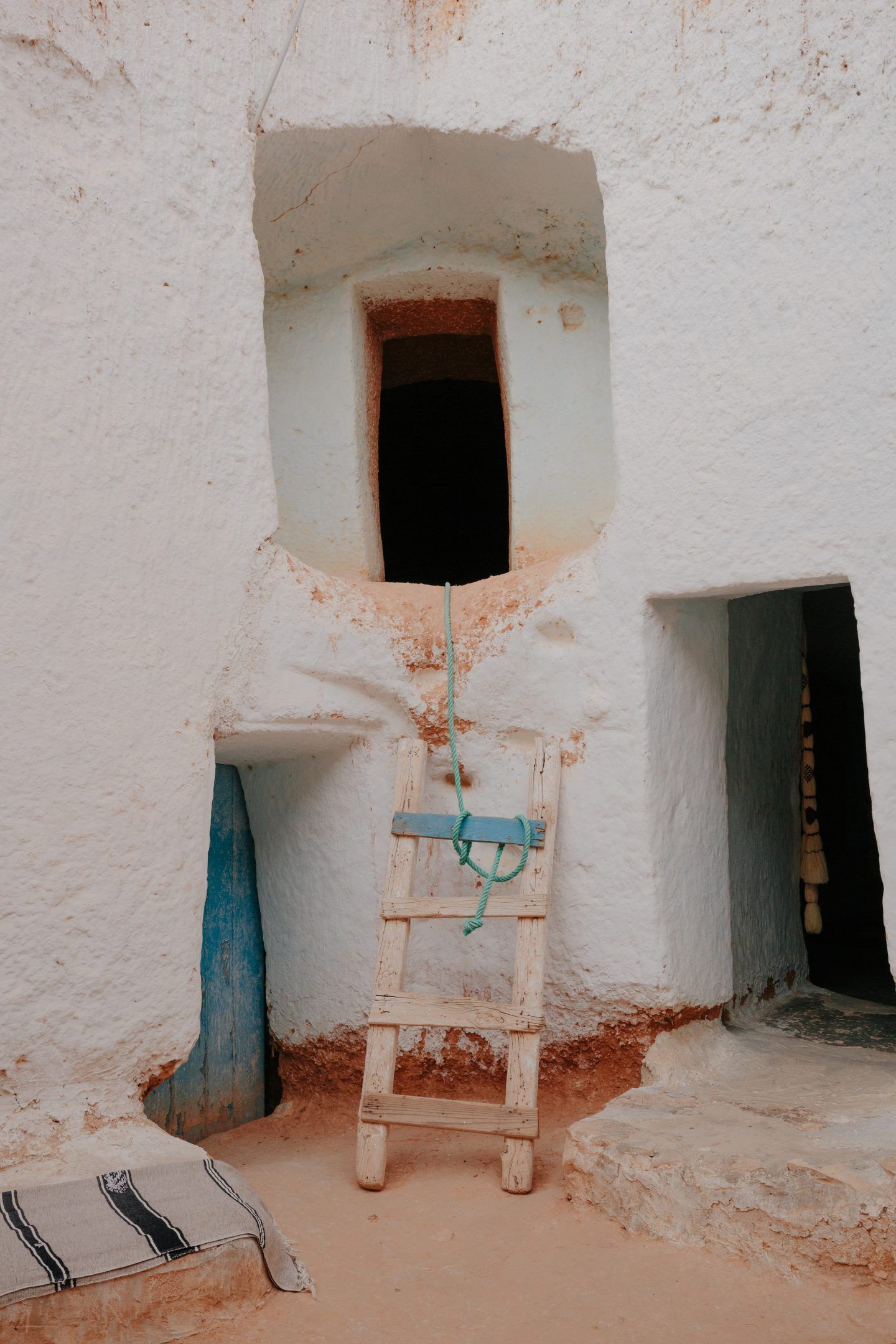
For hundreds of years, the pits typically followed a standardized plan, carved out of the ground and open to the sky. “A typical troglodyte is made by digging a large circular pit in the ground.
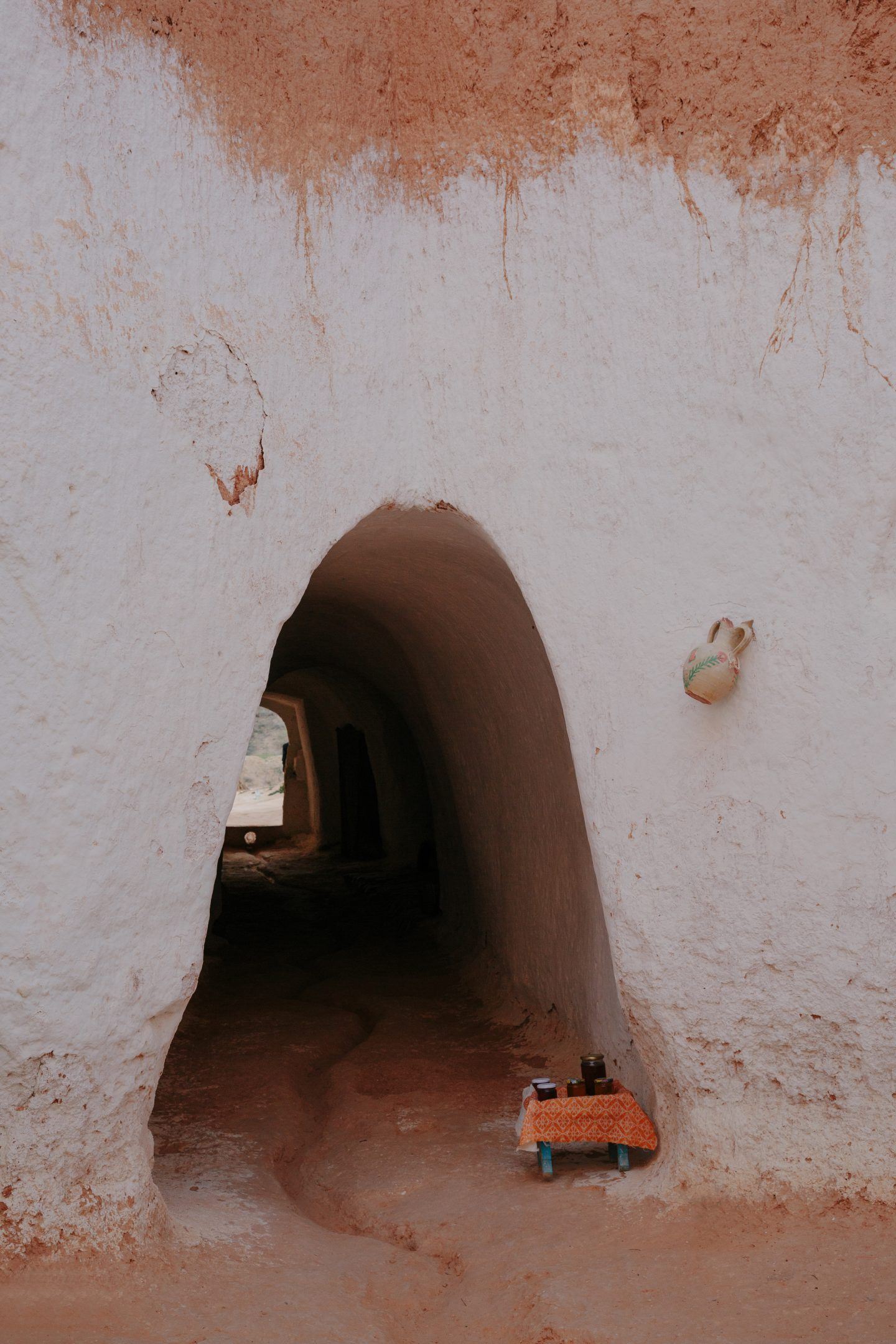
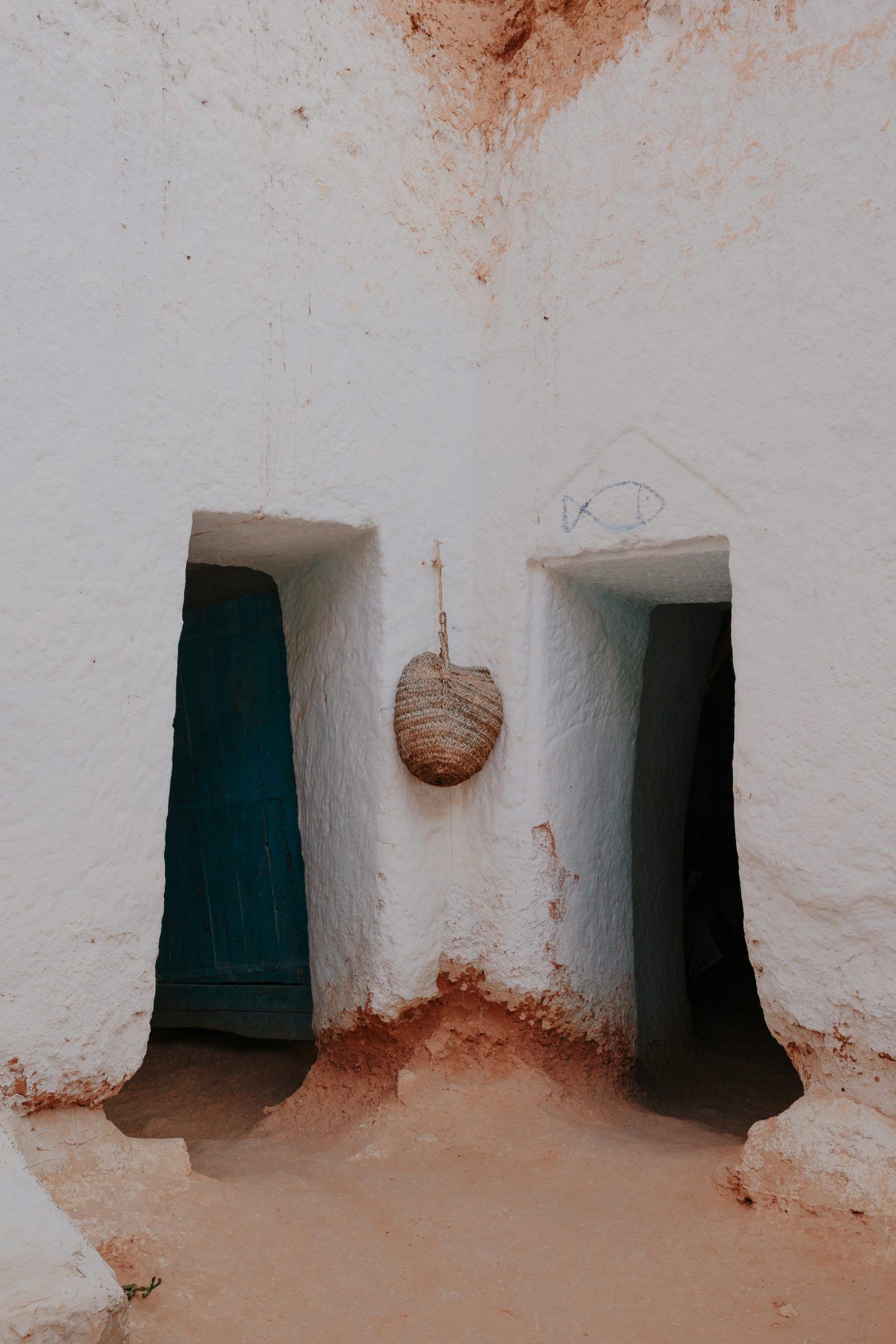
“The main reason for the construction of these cave dwellings is climatic,” explains Belhedi. The troglodytes offer an escape from the heat of the nearby Sahara; their unique building method protects inhabitants from the fiery summer sun while retaining heat in the winter. “The clay-gypsum layers are isothermal; they ensure constant temperatures of around 20 degrees throughout the year”.
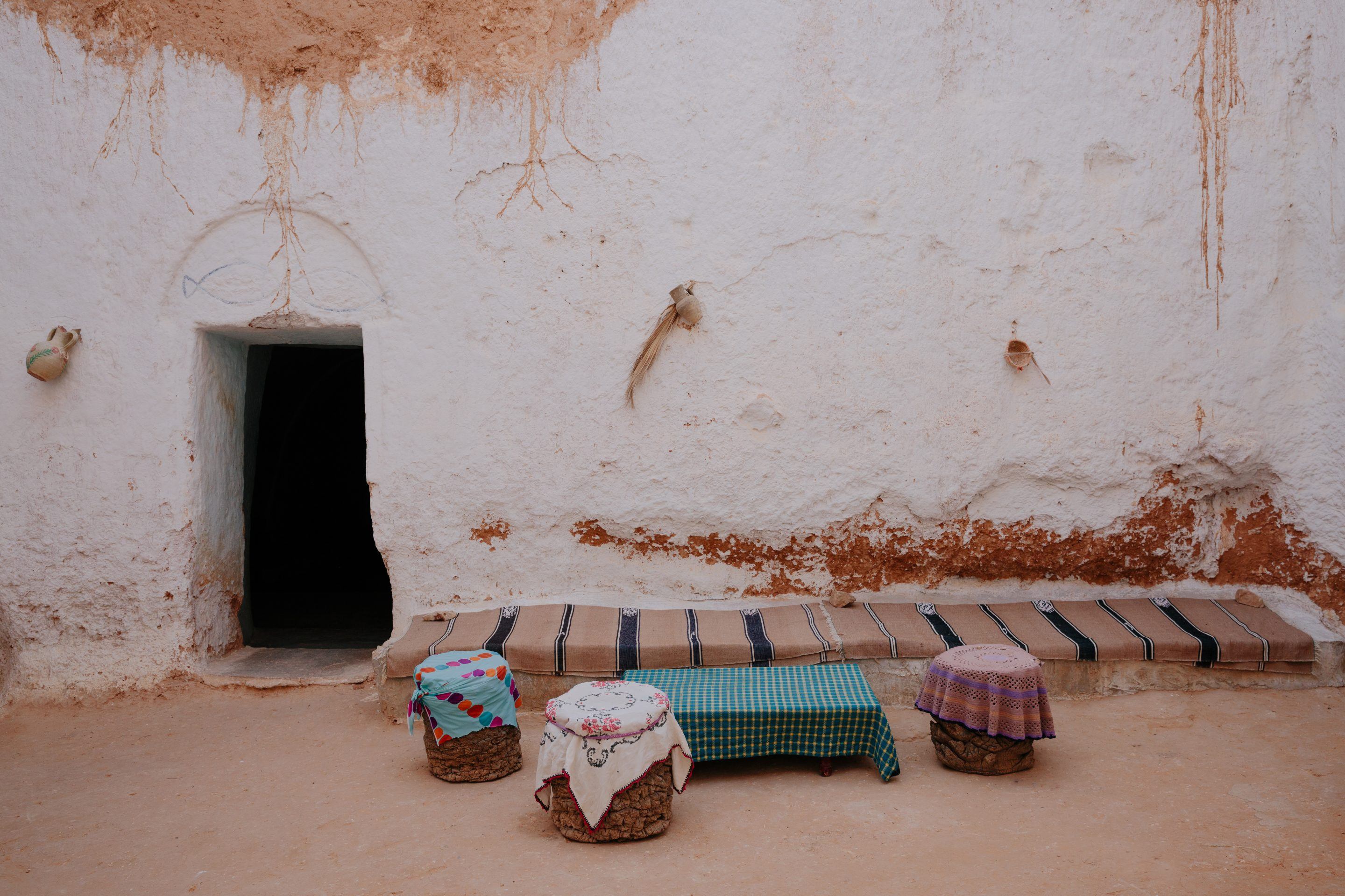
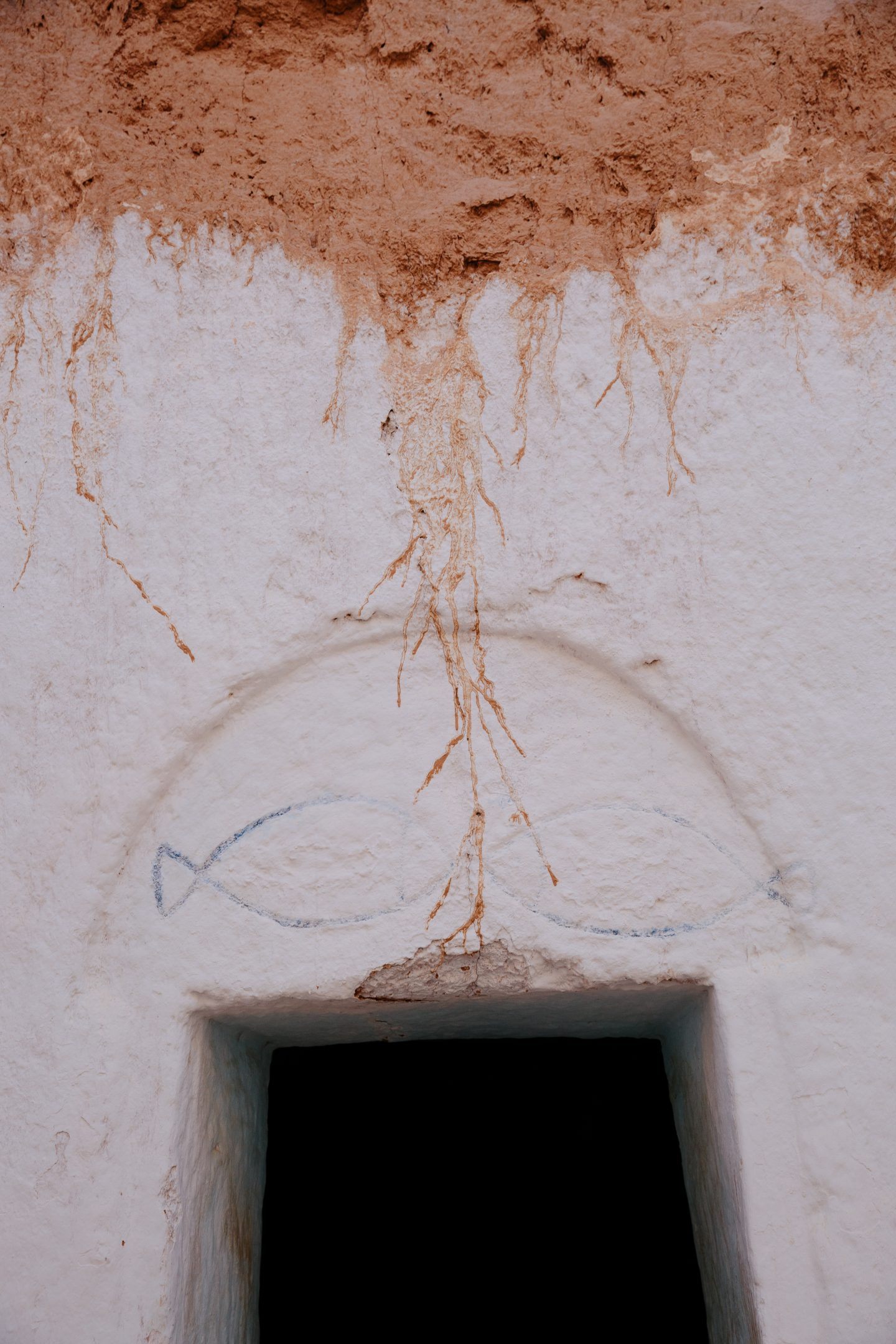

It is estimated that 15000 people once inhabited the troglodytes, with the number decreasing drastically since the French invasion in 1881 and the country’s independence in 1956. “Their existence remained unknown until 1967, when severe flooding brought it to the attention of the Tunisian government,” he says. In the following years, the above-ground settlement of Matmata, known as ‘Nouvelle Matmata’, or New Matmata, was built following a modernization policy by President Habib Bourguiba. “The village underwent a substantial rural depopulation with an abandonment of almost all troglodytic houses,” Belhedi tells us. Although some continued their lives in new underground homes—rebuilt on adjoining land and retaining the traditional structures as stables—most families emigrated to the neighboring cities to seek jobs, leaving the traditional way of life.
In recent decades, Berber heritage has experienced a revival.
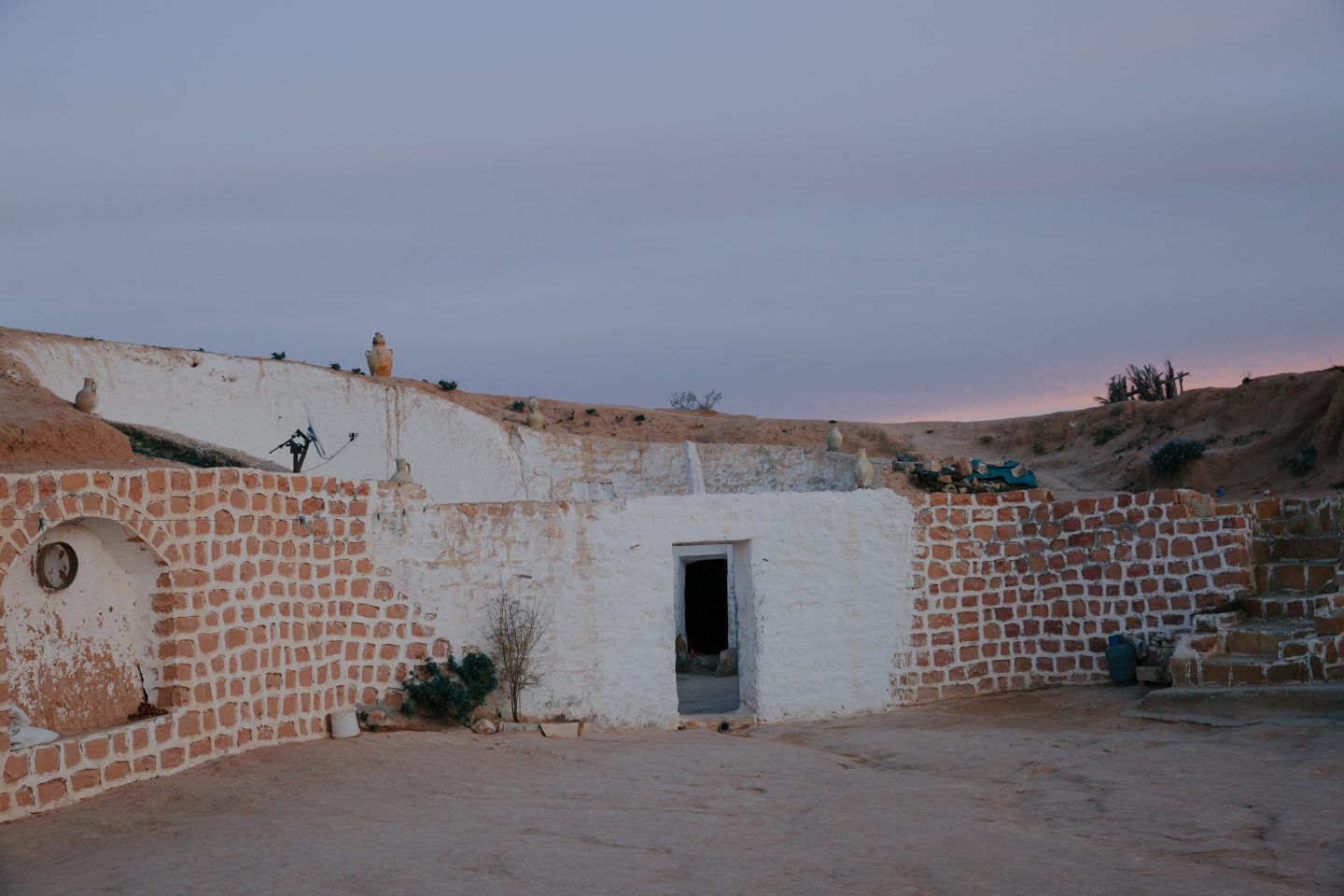
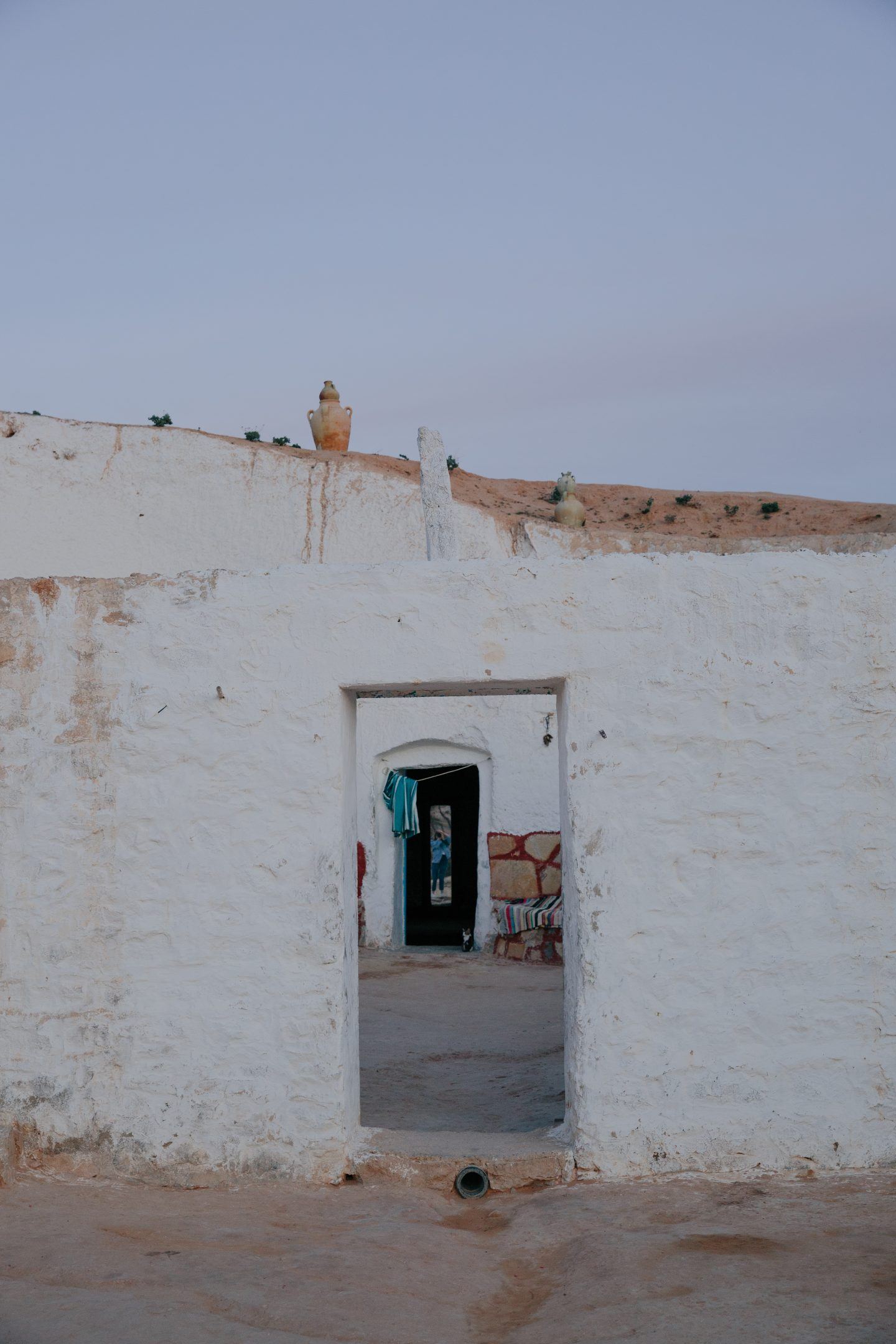
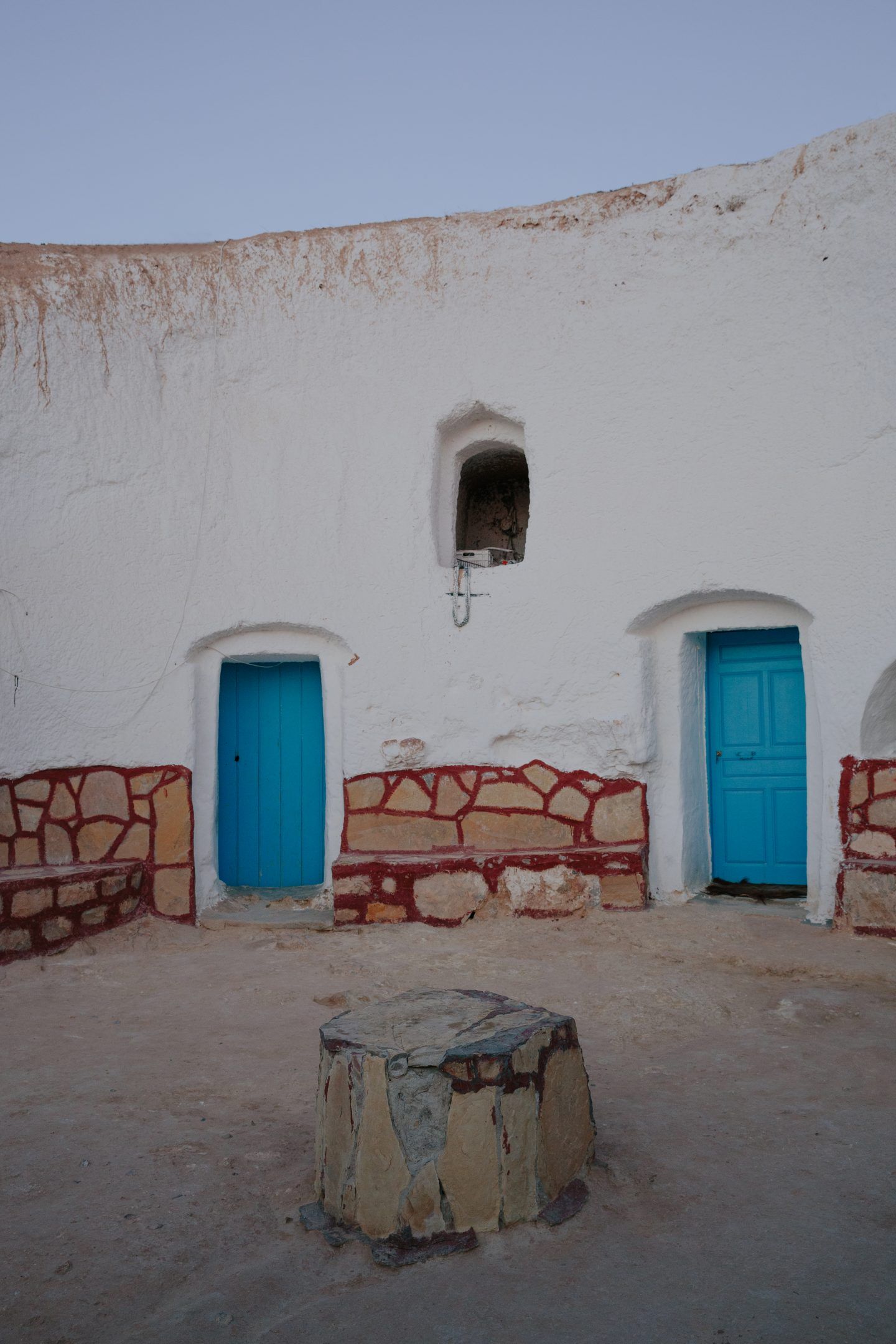
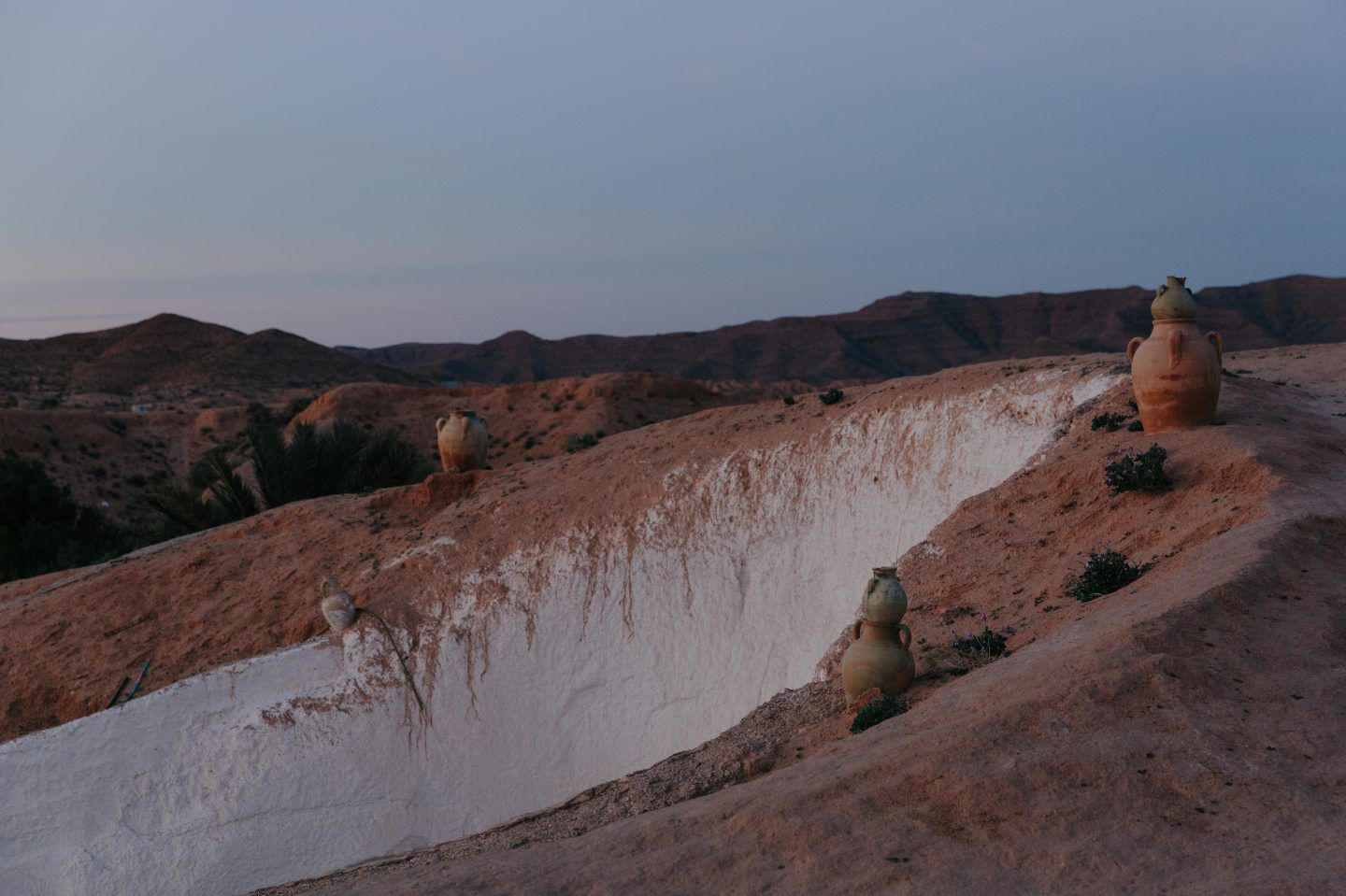
The pit dwellings became a subject of global fascination after their popularization in Hollywood’s Star Wars series starting in 1977, when a large troglodyte turned into a hotel was chosen as the set for Luke’s family home. The Blockbuster hit sealed the fate of this Berber land: the Hotel Sidi Driss and the many Matmata cave homes are now a site of pilgrimage for fans of the film. In recent decades, many dwellings have been restored and transformed into guesthouses or museums, in an attempt to supply the local economy and preserve the unique Berber architecture and heritage. “Tunisia’s Beber community has largely been ignored, especially silenced during the long years of dictatorship of Zine El Abidine Ben Ali,” Belhedi points out. After the 2011 Arab Spring revolution, Berber heritage has experienced a revival, with Amazigh people enjoying a new lease of life.
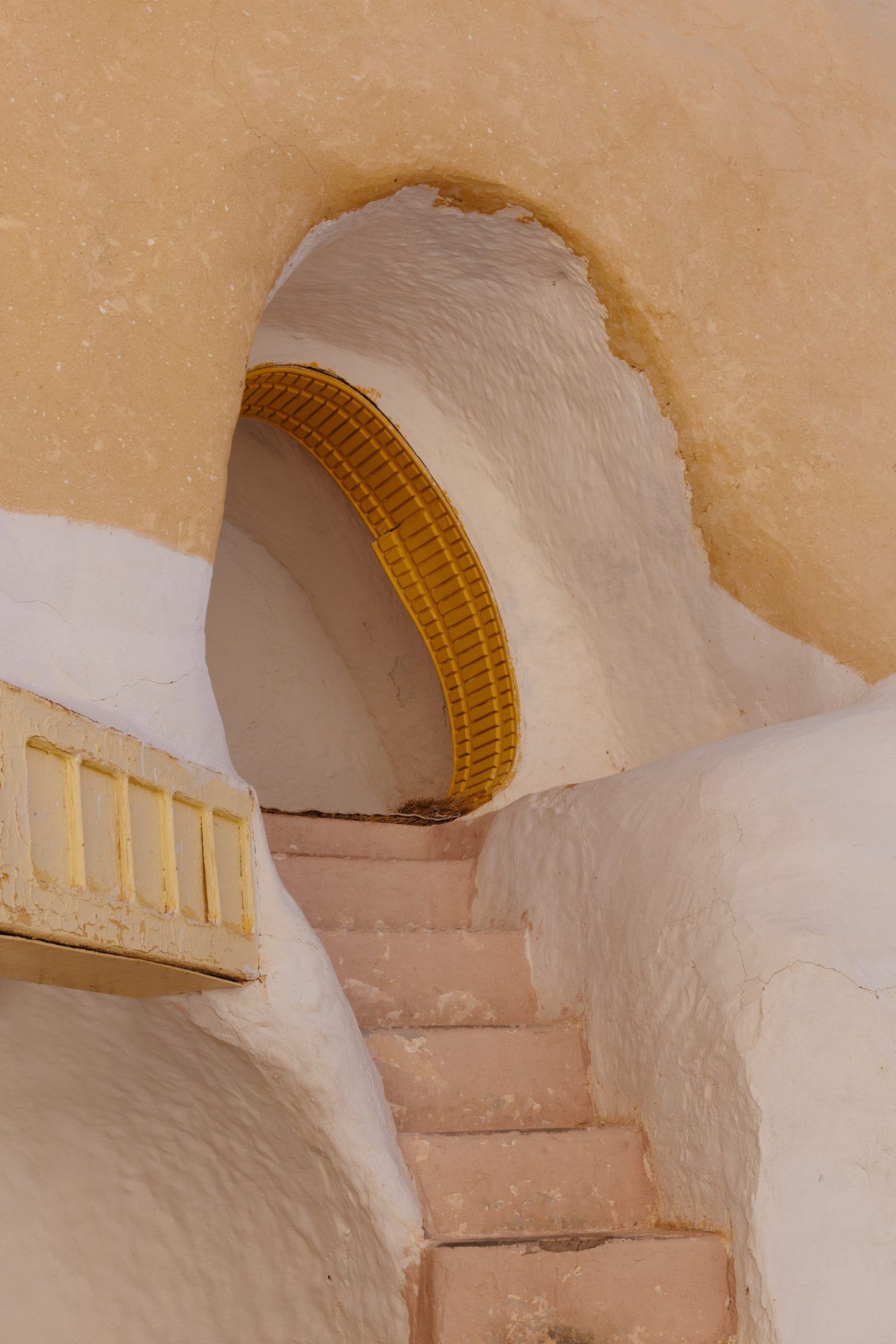

Today, some families are stubbornly clinging to their unique cultural heritage and still live in their underground households, working their olive farms and baking Tabouna bread. Most of them sustain themselves by occasionally accepting tips from tourists who want to visit their homes; selling jars of distinctive rosemary-flavored honey with oil, and original Oudref rugs to visitors.
– This story was produced in collaboration with Discover Tunisia –
All images © Marina Denisova for IGNANT production
The Matmata Pit Dwellings Keeping The Tunisian Indigenous Past Alive
- Project
- Matmata Troglodytes
- Images
- Marina Denisova
- Words
- Devid Gualandris



















